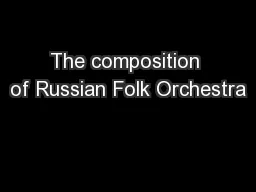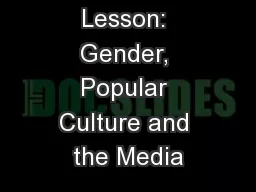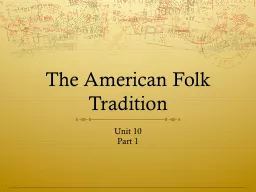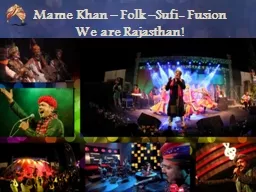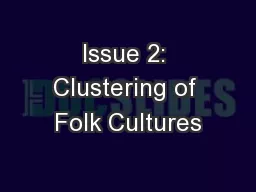PPT-Chapter 4 Folk and Popular Culture
Author : aaron | Published Date : 2018-02-07
Read pg 108 in book Culture and Customs People living in other locations often have extremely different social customs Geographers ask why such differences exist
Presentation Embed Code
Download Presentation
Download Presentation The PPT/PDF document "Chapter 4 Folk and Popular Culture" is the property of its rightful owner. Permission is granted to download and print the materials on this website for personal, non-commercial use only, and to display it on your personal computer provided you do not modify the materials and that you retain all copyright notices contained in the materials. By downloading content from our website, you accept the terms of this agreement.
Chapter 4 Folk and Popular Culture: Transcript
Download Rules Of Document
"Chapter 4 Folk and Popular Culture"The content belongs to its owner. You may download and print it for personal use, without modification, and keep all copyright notices. By downloading, you agree to these terms.
Related Documents


